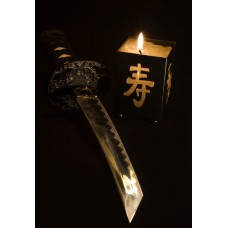Shopping Cart
0 item(s) - $0.00Taoist Herbal Prescriptions—Used for longevity, meditation, and sexual practices | 道家性学与武术
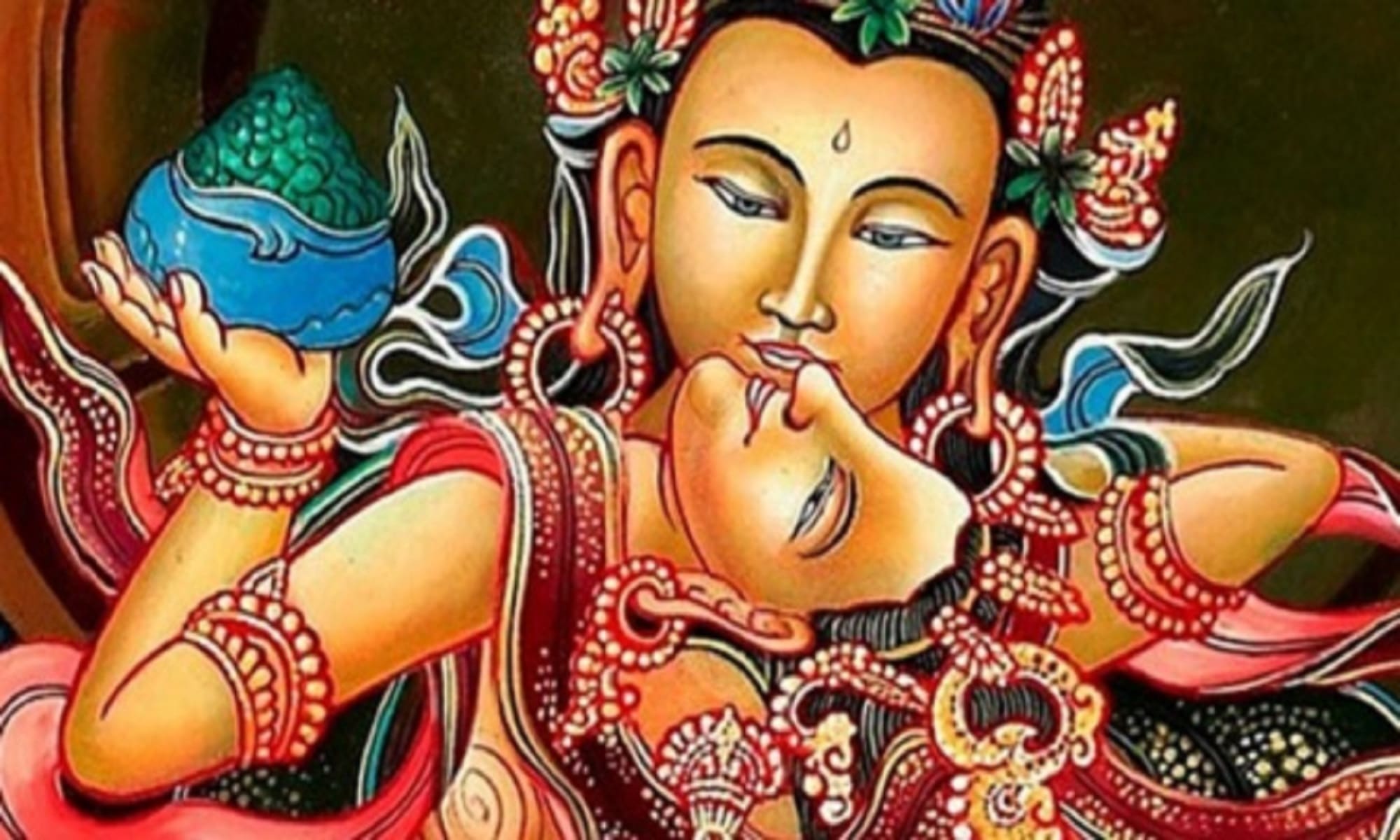 Taoist Sexology and Martial Arts | 道家性学与武术
Taoist Sexology and Martial Arts | 道家性学与武术
The custom of regulating sexual activity, which simply means controlling how often one engages in sex, is a practice that has been carried on for countless generations by Chinese adepts. The little-known esoteric practice by no mere coincidence is also representative of one of Taoist Sexology’s most important underlying principles. Often devout followers of Taoist philosophy, many of the staunchest advocates of controlled sexual frequency were also martial artists. The eccentric sexual habits of these ancient warriors was based on the Taoist belief that long-life, enhanced Chi levels, and increased strength and endurance are all advanced by controlling or otherwise conserving one’s sexual energy. The argument for exercising sexual restraint is further supported by some of Kung Fu’s most renowned figures who claim that it is the strict management of sexual energy – sometimes referred to as “preserving the essence” that is the source for the extraordinary feats of strength that have become a permanent part of martial art’s lore.The functional application of the esoteric practice can be seen in high level Chinese internal martial art’s such as Chi Kung where advanced practitioners temporarily avoid sex and use the energy that builds-up as a result of constraining the semen to intensify their Chi and move the vital energy within the body in the practice commonly referred to as “Circulating the Chi.” Proponents of the sexual alchemical practice include notable figures like Sun Simiao the famous Tang Dynasty physician, the legendary Hua To the creator of a series of exercises called “Five Animals Play” which are considered the initiator of later forms of Kung Fu based on animal movements such as Bak Fu Pai (white tiger), Tai Sing Pek Kwan (monkey style) and White Crane, as well as the seventh-century physician Liu Ching author of the Chinese classic Longevity Principles.The ancient precept which is representative of one of Taoism’s most important principles in matters relating to sex, vitality and longevity, is also the theoretical basis for the martialforce.com article written by Thomas Richard Joiner which follows.
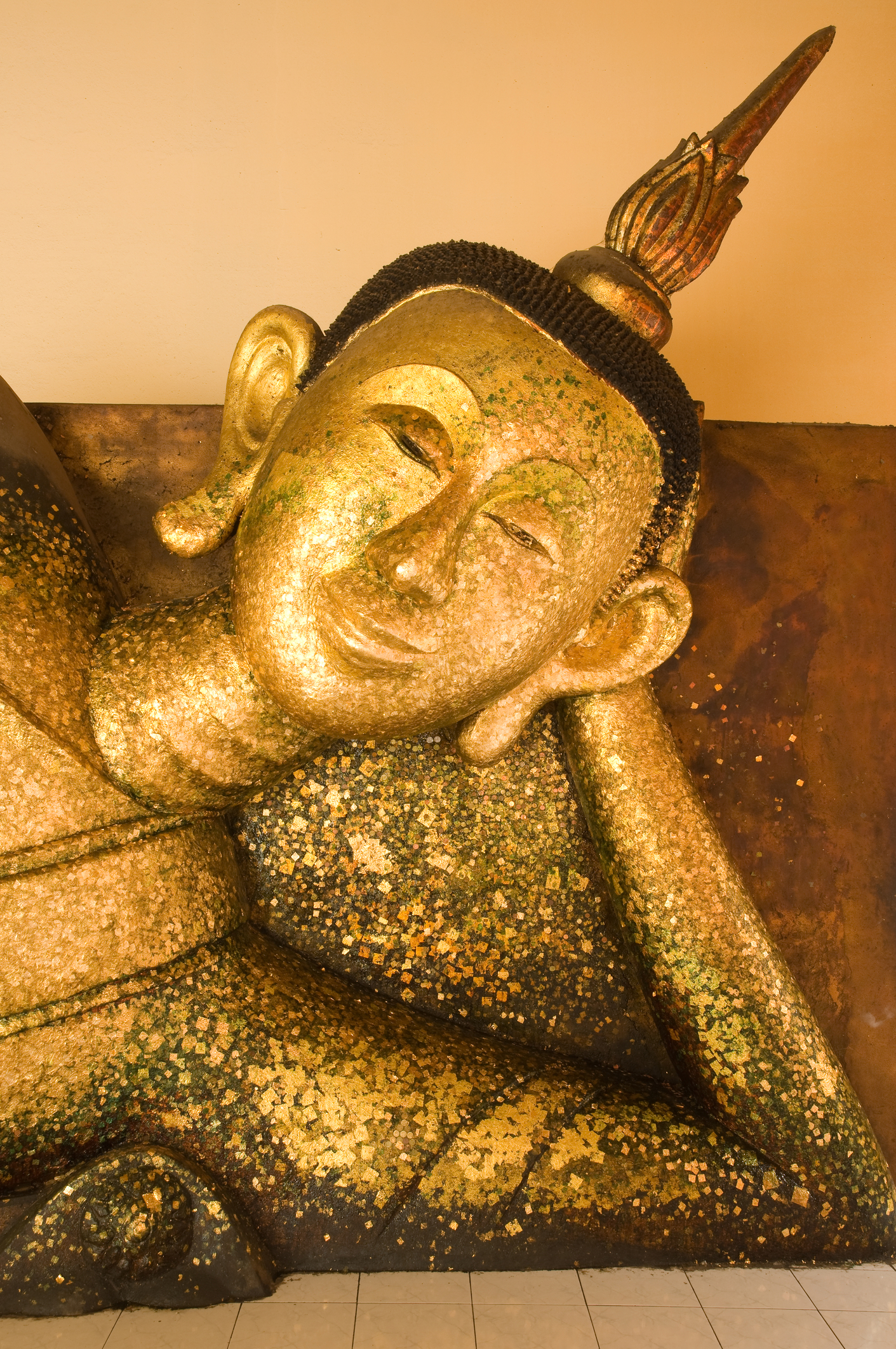
Is Conserving Jing Chi the Key to Increased Strength and Endurance
Although most would agree that one would be hard pressed to find a subject that fans the flames of controversy more than politics and religion, over the years I have discovered that the Taoist Practice known as Sexual Conservation ranks a close third when it comes to conversational topics that are capable of causing heated discussion and arousing passions. The seemingly irreconcilable disagreement over this ancient practice’s ability to increase physical, mental, spiritual, and so-called psychic powers has been debated for centuries and not surprisingly, continues even today. The act of regulating sexual activity, what Taoists refer to as conserving one’s “Jing” Chi, can be traced all the way back to man’s primordial beginnings. Curiously, throughout human history, not only has this ancient practice been an important feature of mysticism and occult practices, it has also been one of the guiding principles in the esoteric form of the internal practice commonly known as Chi Kung. The idea of conserving sexual energy in order to promote the cultivation of the vital energy (Chi), which it is claimed increases one’s physical strength and extends endurance as well as promoting the development of psychic/spiritual powers, is one of the core principles of Taoism and is by no sheer coincidence, an important discipline in the practice of advanced Chinese internal martial arts. According to Taoist teaching, such practice not only promotes longevity (although we would all like to live a long life), perhaps more importantly for the martial artist is the practices ability to replenish and nourish Chi. The vital energy that accumulates or builds up to unprecedented levels as a result of practicing sexual restraint, allows martial artists to engage in the practice commonly referred to as “Chi Circulation.” This ancient Chinese ascetic practice involves circulating the Chi through the body via the Small Heavenly Cycle during what is often referred to as Micro-cosmic Orbit Meditation. And, while most of us are vaguely familiar with the ancient practice, a majority of people associate any form of sexual subjugation with priestly vows, esoteric initiations, and archaic religious disciplines. This general perception which has some factual basis is further supported by the fact that a lifelong commitment to celibacy – which should not be confused with temporary sexual conservation – is one of the highest initiations undertaken by priests, monks and adepts of the world’s oldest religions, mystical orders, and occult societies. Regrettably, it is the tendency to associate theories on regulating sexual activity with these austere religious practices that has made recognizing its functional application in the practice of martial arts all the more difficult. Even though there is ample evidence of the implementation of underlying principles of sexual conservation in a number of well-known health practices such as: Kundalini Yoga, traditional Chinese medicine, Chi Kung and advanced martial arts, as well as many forms of athletics. Far too often the age-old practice is marginalized by modern martial artists as well as most other secular members of society. Familiar examples of the application of the ancient practice’s underlying principles such as: 1) the persistent rumor concerning the U.S. Military’s use of salt petre in the food of military personnel in an effort to harness libidos and curtail sexual activity, 2) professional boxing trainers insistence on banishing women from the pre-fight training camp of male boxers, and 3) the athletic coach’s attempt at enforcing abstinence among their athletes in the days leading up to “the big game,” are all based on the belief that the rewards of sexual restraint such as increased strength and endurance, improved focal abilities and overall physical prowess are all advanced by conserving one’s sexual energy. Although the enhancement of athletic performance and the rewards to one’s health are undoubtedly important to Taoists, unlike your average martial artist, followers of the ancient Chinese religion are primarily motivated by sexual conservation’s relationship to longevity and its reported ability to harmonize the mind body and spirit. This according to ancient teaching can lead the aspirant to the highest levels of spiritual development or enlightenment. From a medical point of view, one of the most compelling arguments for sexual temperance is traditional Chinese medicine’s assertion that – not only does excessive sexual activity have a negative effect on energy levels by over-taxing the Kidneys creating a condition known as Kidney Yang deficiency, sperm depletion and its relationship with Kidney exhaustion is (according to Chinese medical theory) the primary cause for the loss of vital energy (Chi), sexual dysfunction, and a shortened lifespan. Regulated sexual activity is also part of the more esoteric form of martial arts commonly referred to as Shen Kung. A common feature of this high level martial practice is the temporary sexual abstinence that is required in order to increase the vital energy (Chi) to levels that allow us to circulate it in an orbital fashion through meridians up the midline of the back and down the front of the body through the Small Heavenly Cycle. According to ancient mystical teaching persistent practice will enable the practitioner to experience the physical and psychic phenomena that is the result of what is commonly referred to as “storing the essence and circulating the Chi.” It is claimed that the process of moving the vital energy in a circular fashion within the body can elevate one’s martial abilities to levels that are transcendent to those that are obtained through mere physical training. According to ancient teaching, when we allow sexual energy to intensify through abstinence, circulation of the stored energy combined with Dan Tien Breathing and deep meditation creates an altered mental state that sets in motion the alchemical process that is the key to unleashing both physical and psychic powers that otherwise remain dormant. This we are told unlocks the door that allows us to enter the realm of the supernatural. Many of the extraordinary feats of strength and demonstrations of unworldly martial abilities that have become a permanent part of martial arts lore are attributed to this ancient mystical practice. The discipline required to accomplish this feat is difficult to say the least; however, it is by no means impossible. First and foremost it requires a mental and physical commitment and a willingness to temporarily forgo sexual orgasm which is arguably mankind’s greatest sensual pleasure. It also requires that you exercise what my mentor and martial arts instructor Shidoshi Ron Van Clief refers to as “iron will.” We are also fortunate to have at our disposal herbal elixirs (such as the ancient Taoist formula Chin So Ku Ching [aka Golden Lock Pill], Si Jun Zi Tang [aka Four Gentlemen Tea] and Chuan Yao Tonic to assist us in our effort to regulate seminal discharge and replenish the vital energy that has been lost as a result of too much sex. While it is doubtful that the debate that surrounds this ancient transmutative process will ever be resolved. There is no question that proof of the extra ordinary spirit nurturing health promoting benefits that are gained when this ancient practice is exercised concurrent with taking herbal elixirs, cannot be validated unless we free ourselves from the sensory enslavement to sex – that has always been an obstacle to humankind realizing their highest potential. Let’s face it, celibacy is obviously out of the question for the great majority of human beings; however, the use of sexual discretion, periodic conservation and the use of herbal tonics to cultivate the Chi and increase seminal fluid is something that we may want to consider. When viewed in this context, the age-old axiom, which emphatically states that the primary purpose for sex is procreation rather than recreation, is definitely food for thought.
Chien,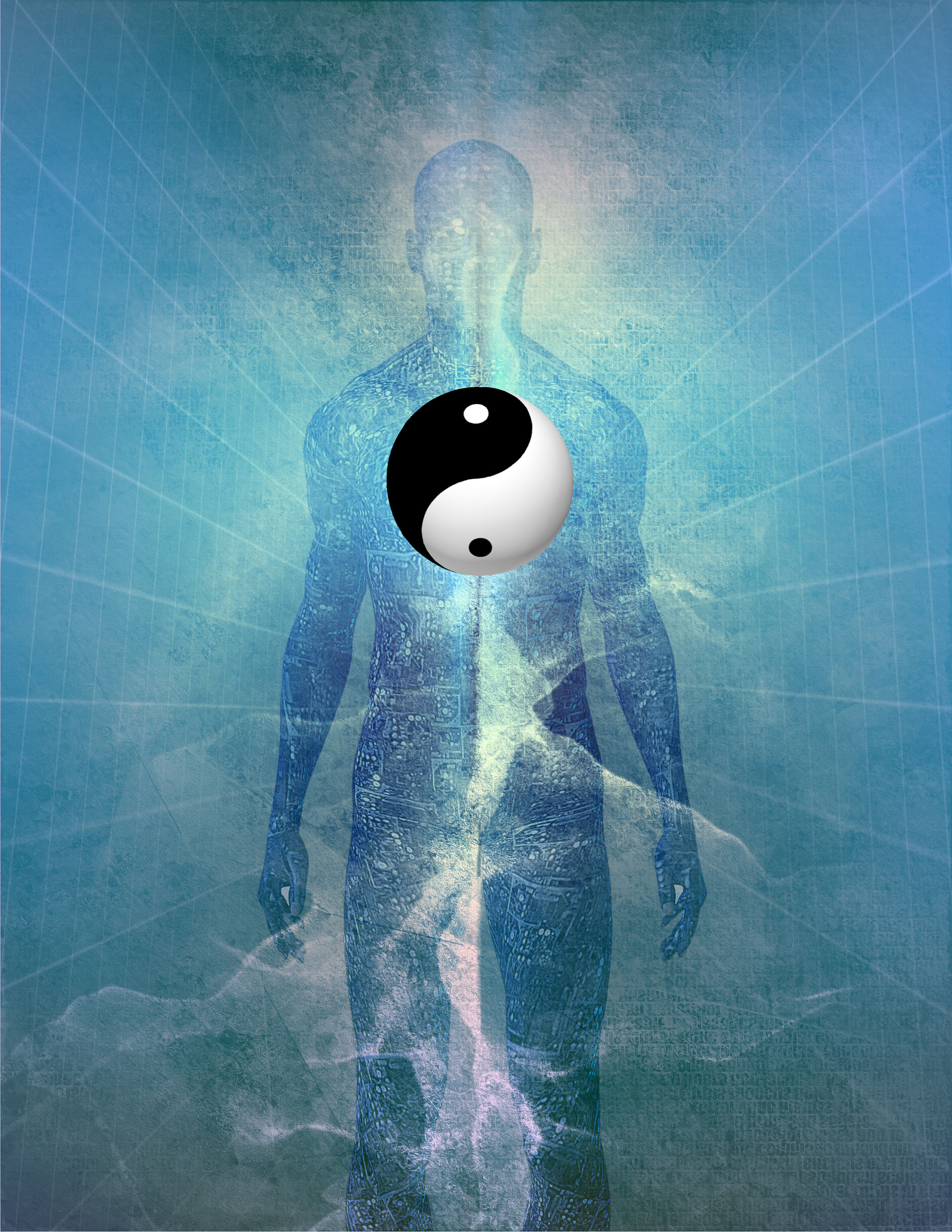
Thomas Richard Joiner, Kyoshi, Chinese Goju Martial Arts
Herbs Used in the Taoist Practice of Sexual Conservation
Because of our tendency toward over-indulgence, it may be necessary to replenish the sexual energy before the practice of Shen Kung can begin in earnest. In this section, we offer several herbal formulas that will help you to reestablish functional sexual energy levels. The following Taoist Formulas used in the Practice of Sexual Conservation are sold on this website, click the below link(s) for more information or to purchase.
Gui Zhi Jia Long Gu Mu Li Tang
Taoist Formulas used to Quiet the Senses During Meditation
Meditation and the Martial Arts
If there is one feature of martial arts training that exemplifies its divine qualities it’s the practice of meditation. Although it is best known for its prominent role in asceticism, mysticism and Eastern religion, the timeless practice also has a well-established relationship with the fighting arts. The importance of Zen meditation in Japanese martial arts and its Chinese counterpart Micro-cosmic orbit meditation, which serves a similar function in the art of Kung Fu, are both familiar examples of the introspective practice’s important role in most of the traditional styles of Asian martial arts. According to ancient teaching, it’s through introspection, meditation, and prayer, that knowledge concerning the soul’s immortality is transmitted. Acquiring insights into the journey of the soul and a desire to become spiritually “enlightened,” is the primary motivation for a majority of people who engage in the timeless practice. There are also we should add although far fewer in number, those who aren’t the least bit interested in spiritual illumination, and meditate strictly for the psychological and physical benefits that the ancient introspective practice is known to provide. Perhaps nothing underscores the powerful influence spiritualism and Eastern religion has had on the martial arts more than the fact that throughout the history of Asian martial arts the creators of some of Karate and Kung Fu’s most recognizable styles have been Shinto priests, Buddhist monks, Taoist sages and spiritual adepts. In spite of this, in recent years religious influences and the practice of meditation have taken on a more minor role. Although meditation’s role has significantly declined, the ancient practice’s ability to calm the spirit and counteract the stress that is created by the perilous nature of combat is probably the main reason that it will always be a part of the martial life-style. Additional reasons for the timeless practice’s continued role are its ability to enhance martial skills by improving focal abilities and over-all concentration as well as developing one’s ability to subjugate the senses which can increase our perception of the vital energy Chi in our self as well as in others. This enhanced ability to feel the flow of Chi which is a residual benefit of meditation, has long been reported by practitioners of Chinese internal martial arts. Although the rewards afforded those who regularly meditate are numerous, chief among them is the age-old practice’s antidotal effect in counteracting fear. And while many traditionalist will argue that the primary purpose of meditation, is the spiritual development that is considered by Shaolin monks and Buddhist priests, who were some of the earliest practitioners of Chinese martial arts, to be the highest expression of Kung Fu. One would be hard pressed to dispute their claim that all too often the aforementioned benefits are forfeited due to the disproportionate amount of training time that the vast majority of martial artists devote to perfecting combat techniques compared to the amount of time spent meditating. A notable exception is the Japanese art of Ninjutsu, which unlike many other external styles, places great emphasis on developing meditative techniques. Practitioners of the ancient Japanese art will tell you that it’s their ability to remain in a meditative state that is most instrumental in creating the stillness that is critical to maintaining their invisibility. Whether one practices for religious or for practical reasons, the three components that are a common feature of all of the different styles of meditation, as well as the five postures that are used in its performance, are fundamentally the same.
The three main components of meditation are:
- subordinating the senses
- quieting the mind
- regulating the breath
(1) Subordinating the senses refers to shutting out all external stimuli, such as sound, sight touch, smell, etc. This is usually accomplished by retiring to a quiet, peaceful environment. Although it is not always possible due to stressors such as inclement weather and environmental pollution, many practitioners prefer outdoor meditation to meditating indoors. The preferred outdoor surroundings are prayer gardens or near water; an 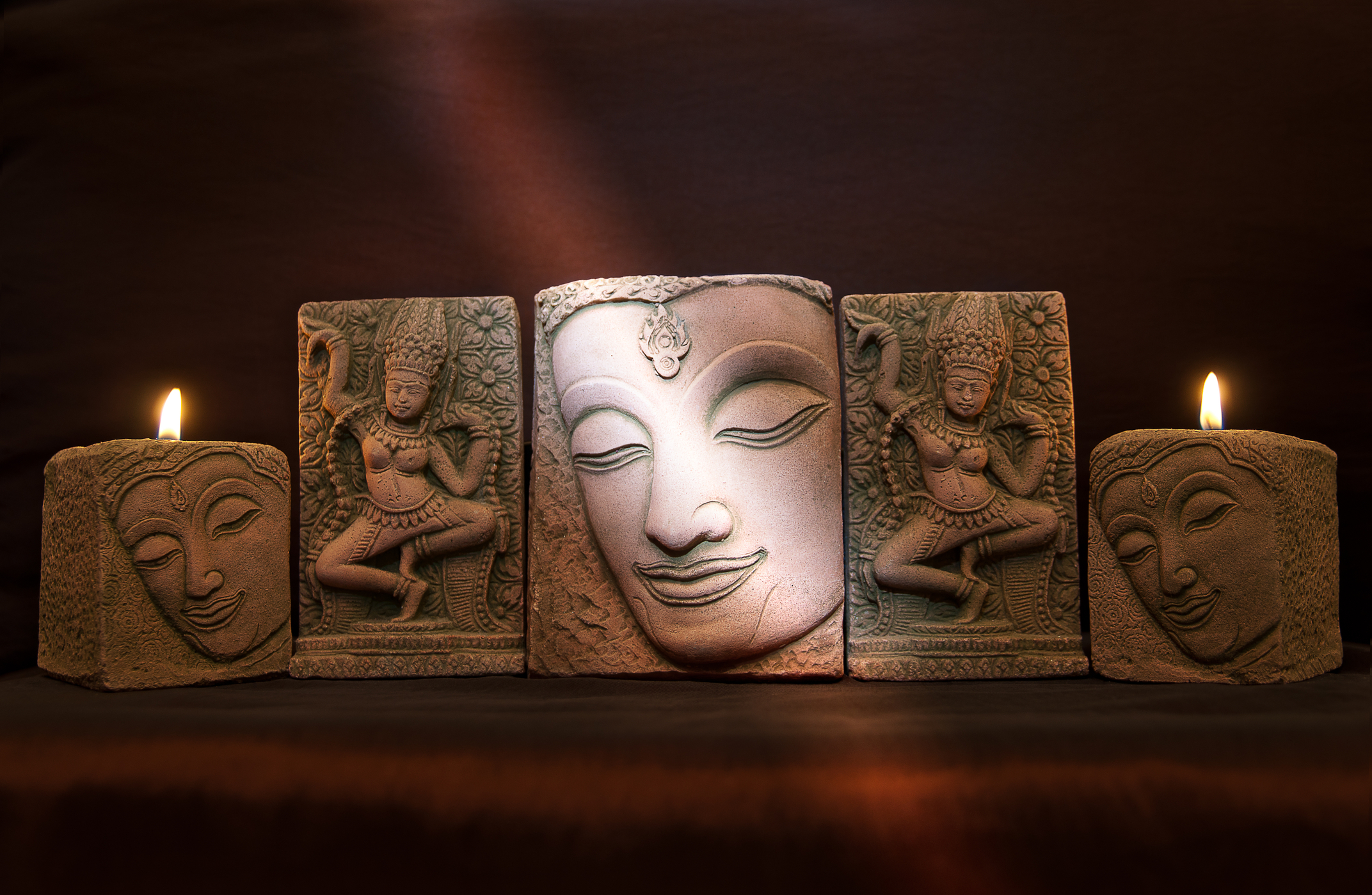 ocean a lake or perhaps a babbling brook. And while there are no restrictions on where one can perform the different forms of stationary meditation, traditionalist insist that moving meditation such as Tai Chi, Chi Kung etc., should never be performed indoors! (2) Quieting the mind refers to focus, the ability to concentrate on one thing without allowing the mind to wander. An example is reciting a mantra uninterrupted for a period of time, or chanting, which essentially serves the same purpose. Of the three components of meditation, controlling one’s thoughts is probably the most difficult. The untrained mind’s tendency to wander is well-known. A classic example of losing focus is the act known as “daydreaming” where the mind simply drifts off or wanders involuntarily taking our attention away from the task at hand. Fortunately, through persistent practice the mind can be trained and one’s thoughts controlled. The ability to focus or quiet the mind is a preliminary skill that leads to visualization, which is one of man’s most powerful psychological tools. (3) Regulating the breath refers to slow regulated breathing similar to the way that we breathe when we’re asleep. This slow long inhalation followed by slow long exhalation mimics the breathing that occurs during sleep without the snoring (zzzz) sound. Breathing in this manner effectively slows down the body’s natural rhythm, which enables us to enter the sleeplike state that is the deepest level of relaxation. To begin, release all tension from the body, and with the eyes closed concentrate on the lower abdomen. Slowly inhale for a count of six, while expanding the abdomen. Retain the breath for a count of three. Slowly exhale for a count of six, deflating the abdomen. The deflated abdomen remains flaccid for a count of three, and then the entire process is repeated. We should mention that due to the deep state of relaxation, it is not uncommon for beginners to fall asleep during meditation!
ocean a lake or perhaps a babbling brook. And while there are no restrictions on where one can perform the different forms of stationary meditation, traditionalist insist that moving meditation such as Tai Chi, Chi Kung etc., should never be performed indoors! (2) Quieting the mind refers to focus, the ability to concentrate on one thing without allowing the mind to wander. An example is reciting a mantra uninterrupted for a period of time, or chanting, which essentially serves the same purpose. Of the three components of meditation, controlling one’s thoughts is probably the most difficult. The untrained mind’s tendency to wander is well-known. A classic example of losing focus is the act known as “daydreaming” where the mind simply drifts off or wanders involuntarily taking our attention away from the task at hand. Fortunately, through persistent practice the mind can be trained and one’s thoughts controlled. The ability to focus or quiet the mind is a preliminary skill that leads to visualization, which is one of man’s most powerful psychological tools. (3) Regulating the breath refers to slow regulated breathing similar to the way that we breathe when we’re asleep. This slow long inhalation followed by slow long exhalation mimics the breathing that occurs during sleep without the snoring (zzzz) sound. Breathing in this manner effectively slows down the body’s natural rhythm, which enables us to enter the sleeplike state that is the deepest level of relaxation. To begin, release all tension from the body, and with the eyes closed concentrate on the lower abdomen. Slowly inhale for a count of six, while expanding the abdomen. Retain the breath for a count of three. Slowly exhale for a count of six, deflating the abdomen. The deflated abdomen remains flaccid for a count of three, and then the entire process is repeated. We should mention that due to the deep state of relaxation, it is not uncommon for beginners to fall asleep during meditation!
Five Postures
The five postures of meditation are:
- crossed leg sitting
- chair posture
- kneeling posture
- reclining posture
- standing posture
(1) Crossed leg sitting is accomplished by sitting on the floor with the back straight and the legs crossed left over right, with the heels under the thighs. The shoulders and elbows should be relaxed. The hands are placed with the elbows resting on the thighs, both palms up with the right hand supporting the left. (2) Chair posture is done by sitting in a chair and relaxing the body. Sit forward on the edge of the chair, with both feet flat on the floor. Men should wear loose fitting trousers or pants that allow the testicles to hang freely. The hands may rest palms down on the knees, or the hands may rest in the lap palms up, with the right hand supporting the left. (3) Kneeling posture begins with placing the knees on the floor and lowering the buttocks until it rests on the heels. The spine should be erect, and the hands may be placed either palms down on the thighs, or in the lap, with both palms up with the right hand supporting the left. Note: To make it more comfortable you can place a small cushion on the calves and heels so that the buttocks are raised slightly higher than the knees.(4) Reclining posture is usually done while lying on the right side, bending the right knee and keeping the left leg straight. The head should be raised slightly, allowing the blood to flow downward. You may also use a small cushion to elevate the head. The right elbow should be bent, allowing the right palm to support the head and the left arm should be extended alongside the left leg. For men only: The testicles should rest on the right thigh, permitting circulation of air and allowing them to breathe. (5) Standing posture or standing meditation is performed with the body relaxed and the legs spread shoulder width apart. The feet are parallel pointing straight forward. Bend the knees slightly, keeping the spine straight. The arms are relaxed hanging at the side, with the hands and fingers pointing downward, or in a circular fashion at shoulder level with the elbows pointing outward, like “hugging a tree.”
We should mention that with the exception of Tai Chi or the other forms of moving meditation, no matter which posture you choose, in order for meditation to be productive you must remain “as still as a rock” as if you were in a state of paralysis. There should be absolutely no movement as you silently sit, stand or kneel with your attention focused entirely on the expansion and contraction of the abdomen as you regulate the breath. If you move or discover that your mind has wandered, simply take a deep breath and start over. Our objective is to remain in this state of “stillness” uninterrupted, for progressively longer periods of time. For beginners 10-15 minutes uninterrupted is a good starting point. Advanced practitioners have been known to meditate for 30-60-90 minutes or more.
Prohibitions
- Wait at least an hour after a light meal and approximately 3 hours after a heavy meal before meditating.
- Wait for several hours after any sexual activity before meditating.
- Refrain from meditating while under the influence of alcoholic beverages.
To the skeptics who may have doubts about its benefits, marginalize its importance and question its value. A point worth considering is that although developing the ability to defend oneself against violence has its own rewards, even though it is grossly under appreciated the value of meditation lies in its proven ability to nurture the spirit, contribute to over-all health and the quality of one’s life, as well as advancing their martial abilities. According to Chinese historical texts, the following formulas, which can be traced back to Shaolin Buddhist Monks, were used in connection with religious ceremonies for calming the mind, abating restlessness, and creating a deeper state of relaxation, thus intensifying meditation. The following Taoist Formulas Used to Quiet the Senses During Meditation are sold on this website, click the below link(s) for more information or to purchase.
Long-term use of these formulas is highly recommended.
Taoist Longevity Tonics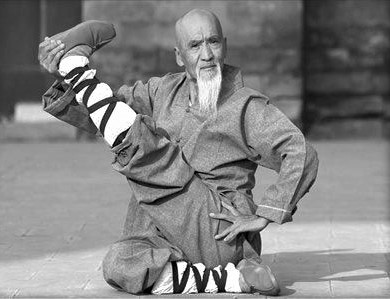
The Taoist tradition of using Chinese herbs as an adjunct to dietary practices, meditation and internal exercises, to maintain health and live exceptionally long lives has been written about in both ancient and modern texts. In order to insure a long healthy life, Taoist used herbal formulas daily; to revitalize the whole body, preventing disease, and insuring longevity. Traditionally Taoists prepared these formulas into medicinal wines and used the formulas every day, taking a daily dosage of one shot-glass full (approx. 50 ml) of each formula. The following Taoist Longevity Formulas are sold on this website, click the below link(s) for more information or to purchase. Long-term even life-long use of these formulas is highly recommended.
Live 100 Years Longevity Tonic
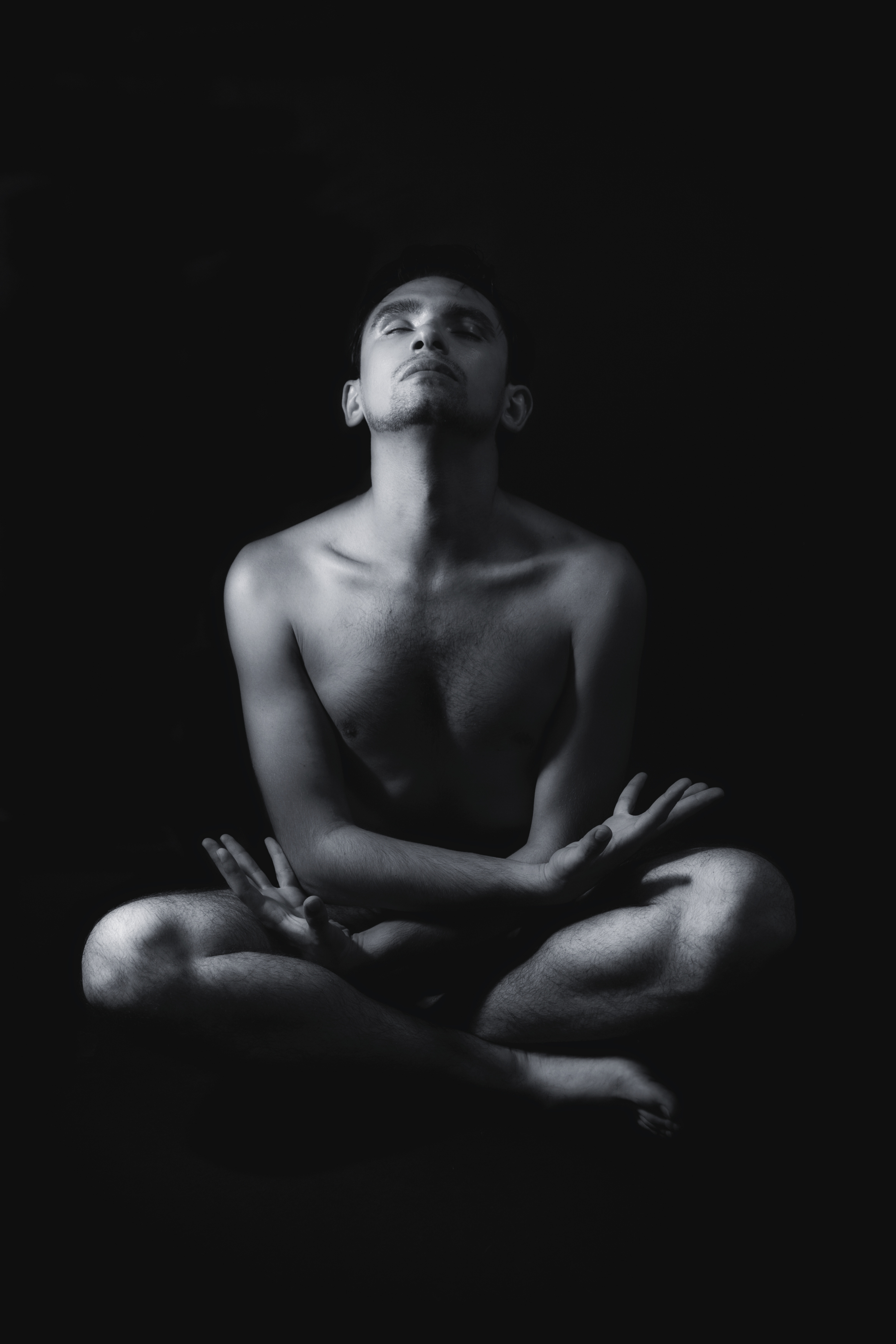
Treating Sexual Dysfunction with Taoist Sexology
It is estimated that in an average male’s lifetime he has 5,000 ejaculations, producing approximately 5-7 liters of semen. Taoist believes that this excessive number of discharges has a deleterious effect on one’s sexual functioning as well as their overall health. According to Taoist teaching limiting the number of discharges of this vital fluid (semen for men or menstrual fluid for women) provides substantial benefits. Chief among them are delaying the aging process, lifelong sexual empowerment and increased physical and mental power. According to traditional Chinese medicine when the excess loss of semen that begins at puberty and continues throughout a man’s reproductive years goes unrestrained, it is often the underlying cause for the Kidney deficiency and sexual dysfunction that many men begin experiencing as they approach middle age. If allowed to go unchecked, the sperm depletion that is a result of masturbation and or too much sex, often leads to impotence as men advance in age. To correct the imbalance and restore sexual functioning, Chinese herbal formulas are taken that nourish the Kidney Yang, along with temporarily abstaining from sex. This practice is commonly referred to as “sexual conservation.” In addition to taking herbal prescriptions that benefit the Kidneys, formulas containing ingredients that improve the circulation of blood, increase endurance, prolong erection of the penis and replenish the semen are also taken as part of the overall treatment plan. Dr. Stephen Chang chairman of the Foundation of Tao, who is a devout Taoist, recommends temperance for approximately 100-120 days depending on one’s age and the extent of their abuse so that sperm levels can return to functional levels. After completing the recommended period of abstinence Dr. Chang offers specific guidelines for sexual frequency in order to maintain one’s sexual energy at functional levels.
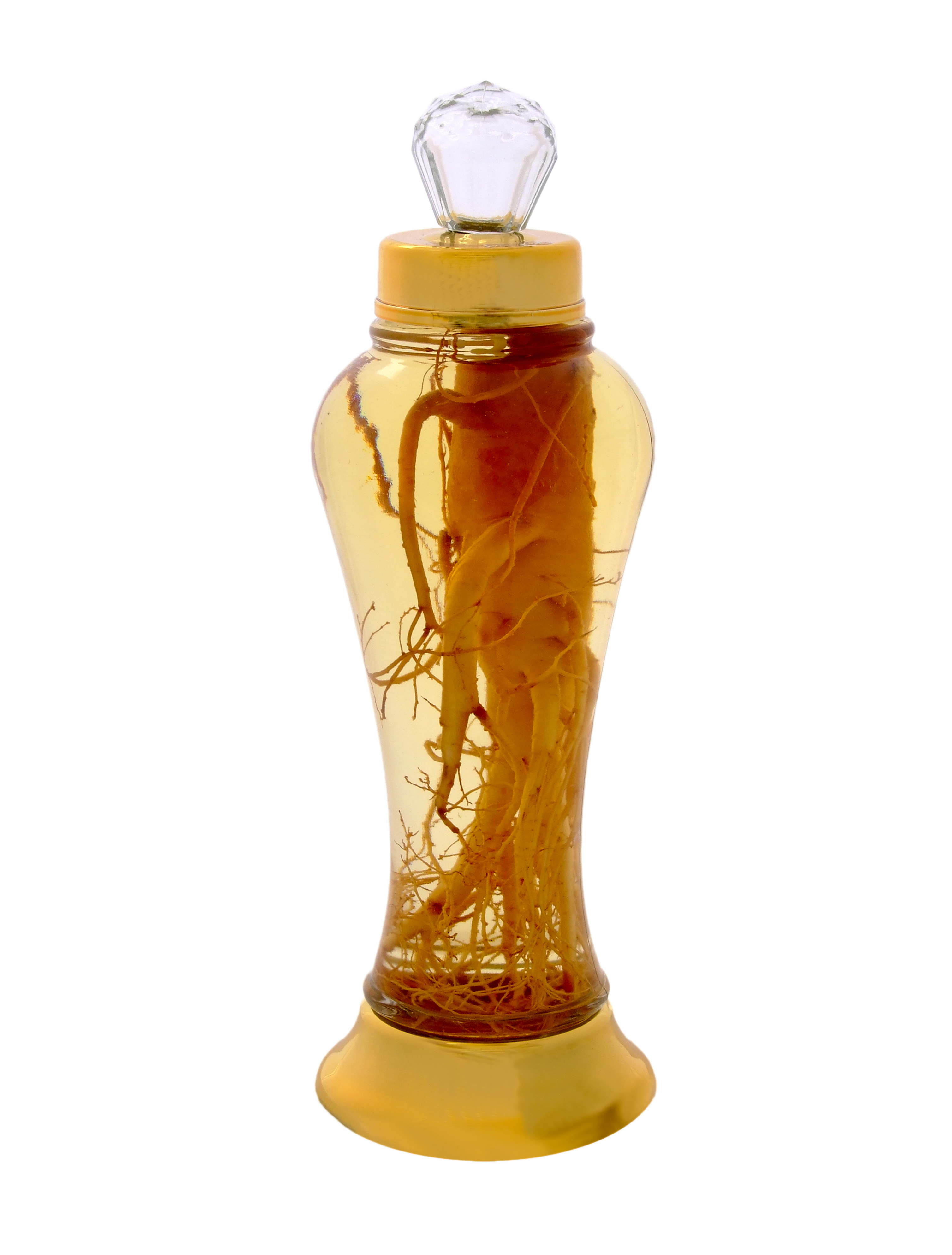
Prescriptions Used in Taoist Sexual Practices
According to ancient Taoist tests continuous long-term use of the following Taoist formulas will provide the user with life-long sexual capability. The following Formulas used for Treating Sexual Dysfunction with Taoist Sexology are sold on this website, click the below link(s) for more information or to purchase.
Long-term use of these formulas is highly recommended.
General Yang Sen’s Spring Wine
Gou Qi Yin – Exclusively for Women
Xiao Yao San — Exclusively for Women
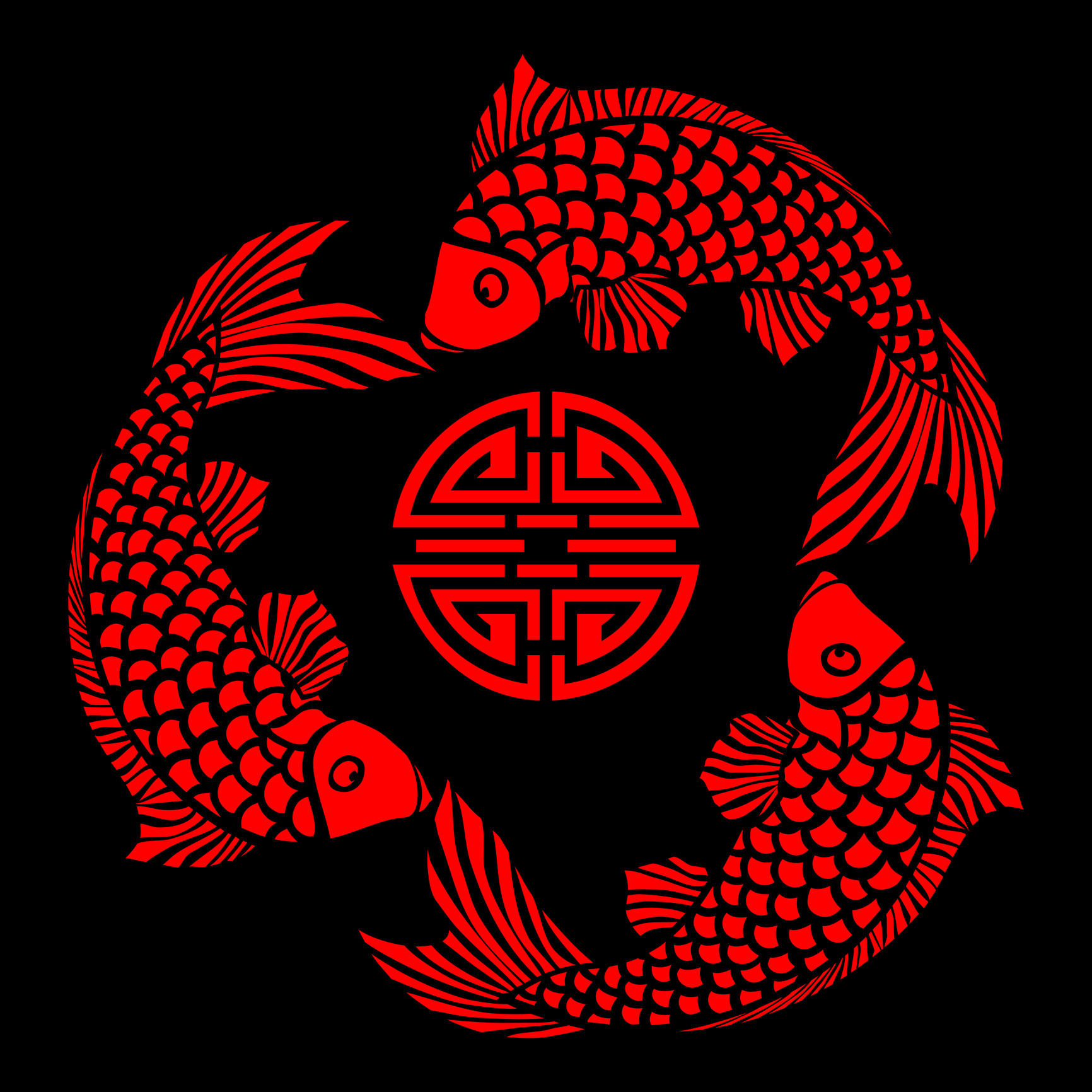
Write a review
Your Name:Your Review: Note: HTML is not translated!
Rating: Bad Good
Enter the code in the box below:

All Rights Reserved | © Sea of Chi 2026 | Web Design Company - DreamCo Design
The statements made have not been evaluated by FDA. Our products are not intended to diagnose, treat, cure or prevent any disease.



